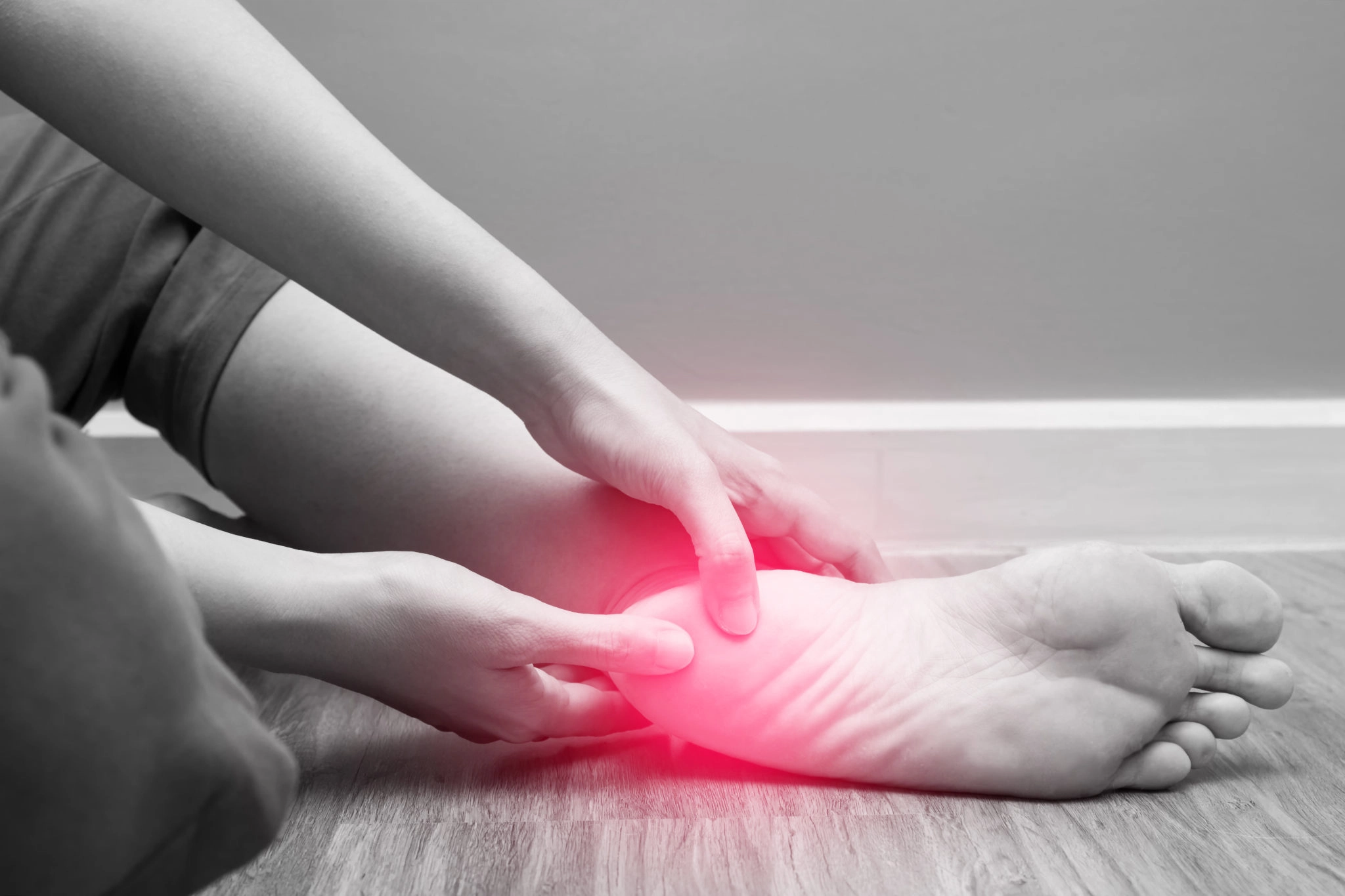Many veterans find themselves facing challenges when filing a VA disability claim for flat feet (pes planus). While the process might seem straightforward, there are common mistakes that can result in delays, denials, or lower ratings than deserved. In this post, we’ll walk through the frequent errors veterans make when filing a flat feet claim and offer practical tips to avoid them. By addressing these issues, veterans can better position themselves for a successful claim and receive the benefits they’re entitled to.
1. Not Having Enough Medical Documentation
A key mistake veterans often make is submitting insufficient medical documentation. The VA needs solid evidence to support a disability claim, and without enough proof, it’s likely the claim will be denied. Many veterans believe that simply stating they have flat feet is enough, but the VA requires detailed medical records to confirm the diagnosis and its connection to military service.
To strengthen your claim, gather the following:
- Your service medical records, especially if they show foot problems during service
- Recent medical records that prove the current state of your flat feet
- Doctor’s notes or opinions that link your flat feet to your time in the military
Ensuring you have complete and up-to-date documentation will make it easier for the VA to evaluate and approve your claim.
2. Failing to Establish Service Connection
Another common issue is not clearly establishing that your flat feet were caused or worsened by your military service. It’s essential to show the VA that your condition is directly related to your service; otherwise, your claim might be rejected or given a lower rating.
To avoid this mistake, include any:
- Medical evaluations or complaints about foot problems from your time in service
- Statements from fellow service members who witnessed how your duties impacted your feet
- Medical opinions that explicitly link your flat feet to the physical demands of your military role
The stronger your case for service connection, the better your chances of securing the rating you deserve.
For more detailed information on flat feet and how VA evaluates the flat foot, you can visit this resource on VA disability claims for flat feet. It provides further guidance on the process.
3. Ignoring Secondary Conditions
Many veterans focus only on their flat feet when filing a claim, but they may be overlooking other conditions that stem from it. Flat feet can lead to additional problems like knee, hip, or back pain. Failing to include these secondary conditions could result in missing out on a higher disability rating.
If you’ve experienced other physical issues because of your flat feet, it’s important to document them and include them in your claim. Make sure your doctor acknowledges these secondary conditions and links them to your flat feet in their report.
4. Incomplete Description of Symptoms
Veterans sometimes downplay their symptoms, either because they’ve learned to live with them or because they don’t realize the importance of providing a full picture. The VA relies on detailed information about how flat feet affect your daily life, so being vague or leaving out important details can result in a lower rating.
When you describe your symptoms, be as specific as possible. Talk about:
- The pain you feel when standing, walking, or wearing certain shoes
- Any swelling, tenderness, or discomfort you experience
- How flat feet have limited your mobility or daily activities
The more detailed you are, the more likely it is that the VA will accurately assess the severity of your condition.
5. Missing the Compensation and Pension (C&P) Exam
Once you file your claim, the VA will schedule a Compensation and Pension (C&P) exam to evaluate the severity of your flat feet. Unfortunately, some veterans either miss this appointment or don’t take it seriously, which can significantly delay the claim or result in a denial.
Make sure you attend your scheduled C&P exam and bring along any relevant medical records. If you can’t make the exam for some reason, it’s important to reschedule as soon as possible to avoid delays. This exam is a critical part of the claims process, so being prepared and showing up is essential.
6. Filing the Claim Without Professional Help
The VA disability claims process can be confusing, and many veterans try to handle it on their own. While this is possible, it’s easy to overlook important details or make mistakes that could hurt your chances of getting approved. Veterans who work with a VA disability lawyer or claims expert often find it easier to navigate the process and get a better outcome.
A VA disability lawyer can help you gather evidence, prepare your claim, and even appeal if you’ve been denied. Their expertise can make a big difference, especially if your case is complex or if you’re seeking a higher rating for your flat feet.
Conclusion
Filing a VA disability claim for flat feet doesn’t have to be frustrating, but it’s crucial to avoid common mistakes that could slow down or prevent your claim from being approved. By making sure you have the right medical documentation, establishing a clear service connection, considering secondary conditions, and attending your C&P exam, you can improve your chances of success. If needed, don’t hesitate to reach out to a VA disability lawyer for help. Taking these steps will help you get the compensation you deserve for your flat feet and any related conditions.
